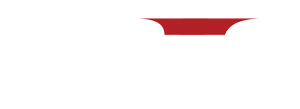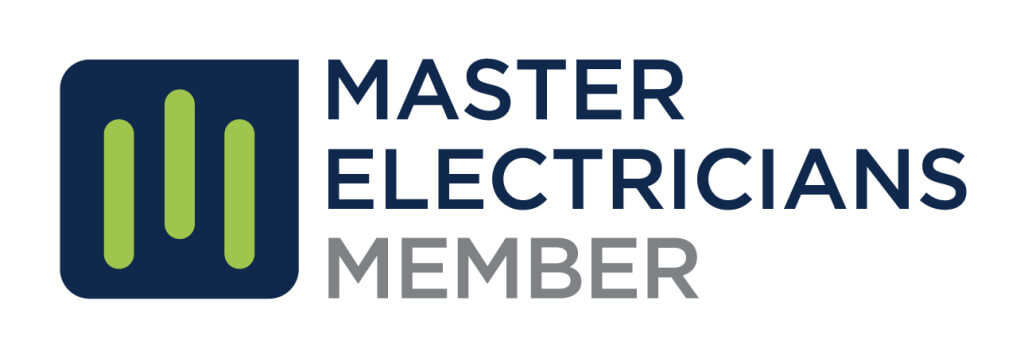How much does the service cost my Agency?
The service is at NO COST to your agency.
How much work is involved for my Agency?
The service has been designed by Licensed Real Estate agents to minimize the amount of work for your office. SATS will provide all the information you need to implement the system and even do all the printing for you, at no cost, to ensure all your landlords are aware of their responsibilities in regards to smoke alarms.
What does the annual fee to the landlord include?
The fee is per property not per alarm and includes an initial visit to the property to complete a survey and make sure that all alarms are positioned correctly, within their service life and are approved by Australian Standards. The technician will then clean and test alarms. Batteries are tested or replaced as required and marked with an inspection sticker at every visit. We will continue to visit the property throughout the year at change of tenancies and lease renewals at no additional cost and complete a full service. Your office will be issued a Certificate of Compliance within two hours after each visit.
Is this a compulsory service?
At this stage, it is not compulsory in all states of Australia, however it is recommended that you offer this service to your landlords and have them either accept the service or decline the service to meet your duty of care. If they decline the service they indemnify your office and take on the responsibility themselves in regards to smoke alarms.
As an agent what should I do in regards to smoke alarms?
In all instances, we recommend that you engage the services of a specialist Smoke Alarm service provider to complete the testing of all alarms because most agencies are not insured, qualified or equipped to test smoke alarms. On your ingoing, outgoing and routine inspections you should visibly check and record whether there is a smoke alarm present.
Is it true that all smoke alarms have an expiry date?
It is true! All smoke alarms 9volt and 240volt hard wired alarms must have an expiry date to meet Australian standards. Depending on make and model this is sometimes noted as a manufacture date, an expiry date or a manufacture code. We carry this information for all 96 approved smoke alarms in Australia. NB. Smoke alarms must be replaced once they exceed their service life. Failure to do so may result in an alarm not working in a fire situation or in insurance claim being declined.
What is the best smoke alarm for my property?
The best smoke alarm for your property depends on the type of property and which state it is located in.
We only use Photoelectric Smoke Alarms, however the type and model depends on the type of property and which state it is located in. If you have any questions relating to your states requirements you should contact SATS.
Can landlords undertake their own inspections and servicing of smoke alarms in their owned rental properties?
In some states they can, however they are not a specialist Smoke Alarm Service Provider. The complexities of positioning alarms to ensure the property complies with the Building Code of Australia and having the knowledge to ensure the smoke alarms are fully functional, can be difficult for the average landlord. For instance, can the landlord check that the power supply is actually connected to the 240v alarm? Can the landlord check the decibel output of the alarm and that it is in the required range? Can the landlord check the manufacture and/or expiry date of the alarm?
There could be significant outcomes for the landlord if a fire should occur and the property is not compliant or the alarms have not been serviced in accordance with the legislation. Additionally, the landlords insurance on the property may be void if a failure to comply with all legislation is proven. It is far better risk management for a landlord to employ a specialist to ensure compliance and to protect their valuable asset and the lives of the occupants.
Are faulty smoke alarms removed from the property?
Faulty smoke alarms are removed from the property. The only time a faulty smoke alarm is not removed, is when its removal would leave significant and obvious paint damage (e.g. If the ceiling has been painted white, but behind the smoke alarm it hasn’t been painted and is yellow). In this case a working smoke alarm would be installed in a suitable location to ensure that the property remains compliant.
Are expired smoke alarms removed from the property?
Expired smoke alarms are removed from the property. The only time an expired smoke alarm is not removed is when its removal would leave significant and obvious paint damage (e.g. If the ceiling has been painted white, but behind the smoke alarm it hasn’t been painted and is yellow).


